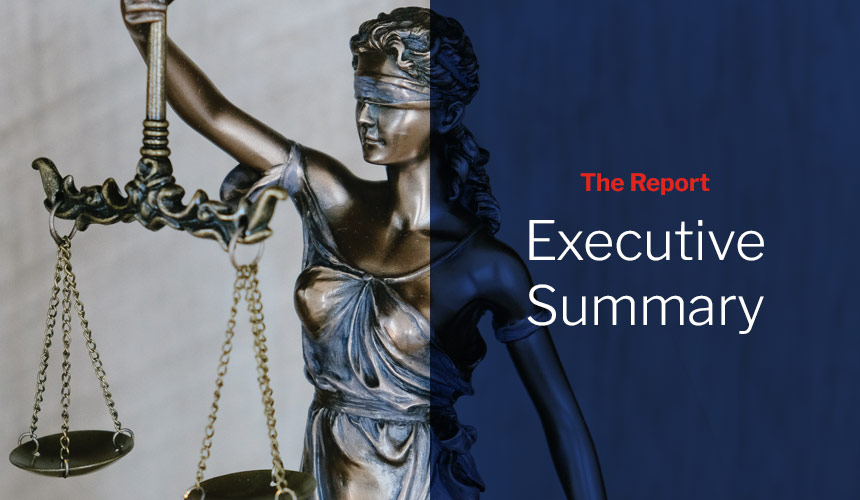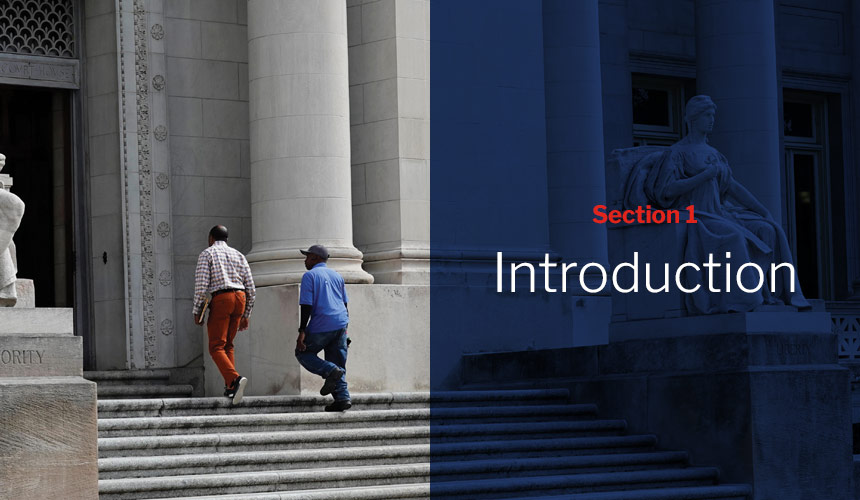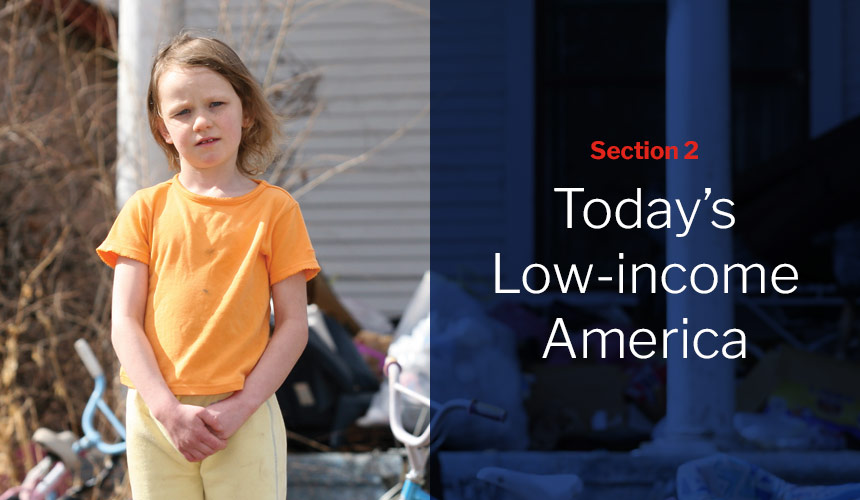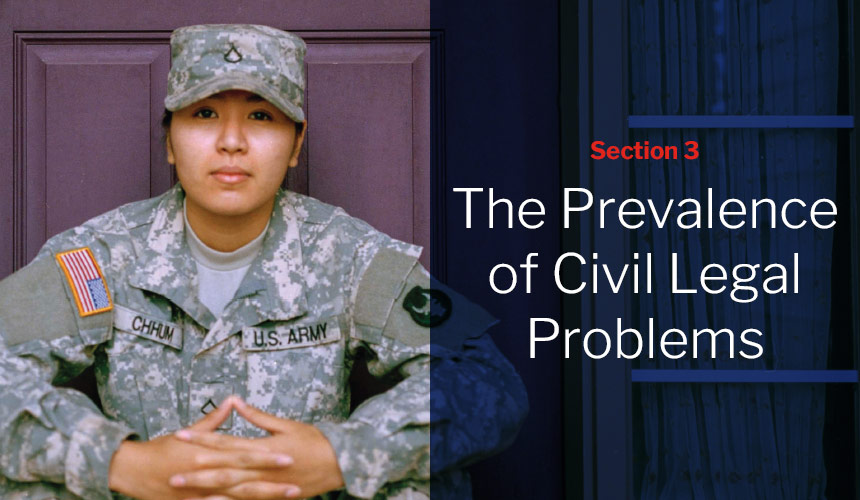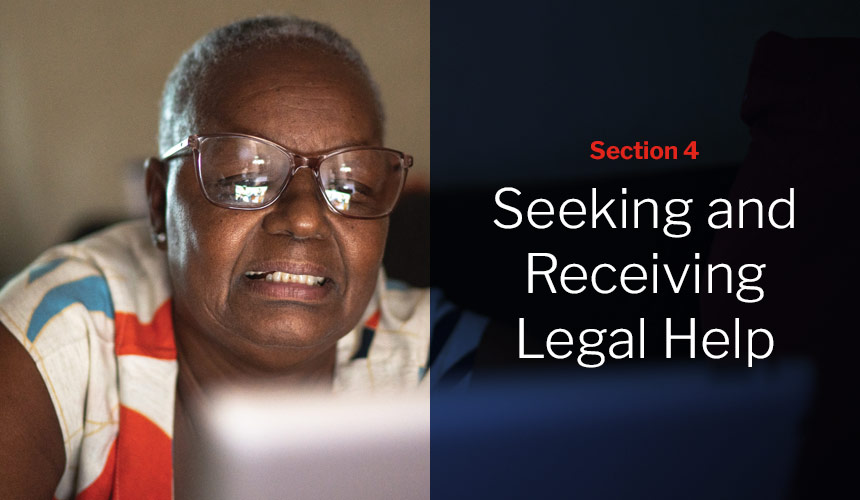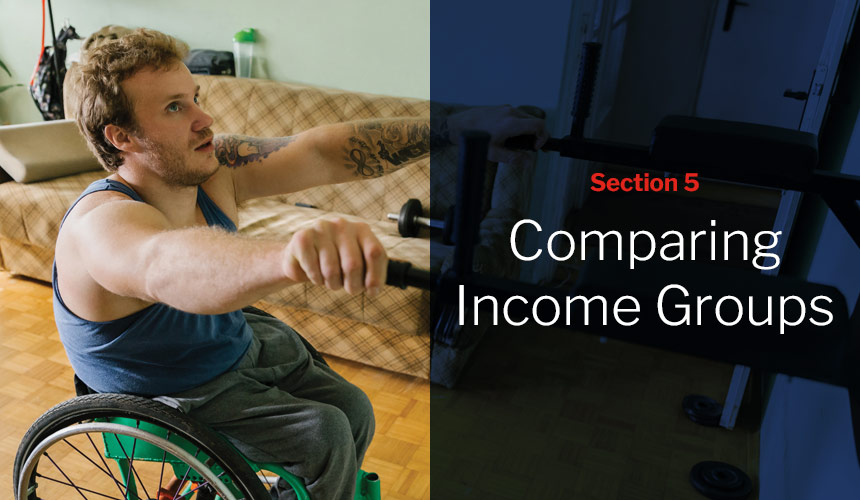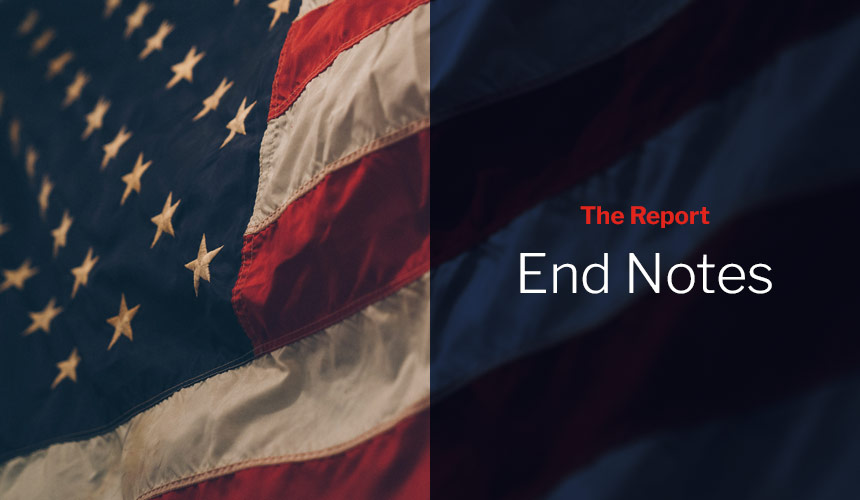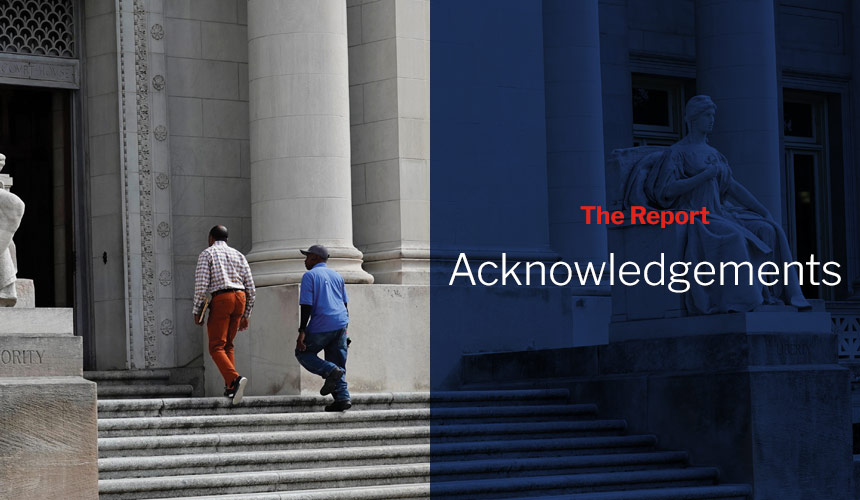
Every day, millions of low-income Americans grapple with civil legal problems, which often involve basic needs like safe housing, access to health care, child custody, and protection from abuse.
Most “go it alone” when dealing with these problems – without the legal information, advice, or representation to help them resolve their problems in the civil legal system. The 2022 Justice Gap Study from the Legal Services Corporation (LSC) provides a fresh assessment of the justice gap among low-income Americans in today’s America and against the backdrop of the COVID-19 pandemic.

